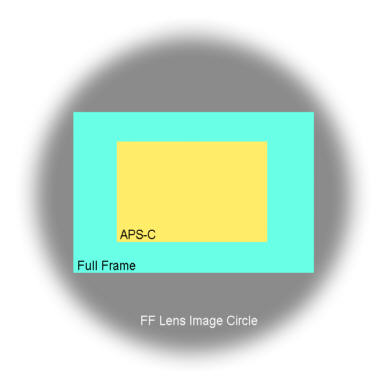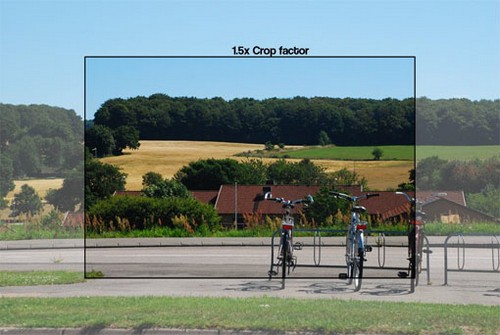

#Full frame vs apsc iso#
Save your funds to buy decent quality lenses, as these will largely make more of a difference to your images than a single stop of ISO or a slightly higher resolution sensor. The Nikon Z6 II is Nikons answer to the Sony A7III, and it is a good answer for dedicated Nikon shooters. A full-frame camera is the standard it has no crop factor.
#Full frame vs apsc full#
For those starting out investing, an APS-C model would be my recommendation. It refers to the different crop effects created by different sensor sizes. The biggest difference between full frame sensors and crop sensors is size, and that makes all the differences when it comes to dim lighting. However, if you want the best quality imaginable that’s what it takes. These are both costly and a large burden to carry around. However, of course, you’ll also need to invest in the best optics to make the most of them. The high-resolution sensors and excellent low light performance make for great image quality. If you want to truly get the best performance and quality, full frame models are where to look. Meaning you can have a small set up that offers a good compromise for most situations. The crop factor is also a huge benefit if you want to get a longer telephoto reach without having to shell out for ultra-expensive super telephoto lenses.

If you love photographing birds and small creatures, a high-end APS-C body that combines the crop factor with speed will serve you well. But this is advancing all the time, especially with new forms of storage media offering faster write times.įor wildlife photography, it largely depends on your target subjects. Often a disadvantage is that these high-resolution cameras are slower in terms of frames per second, due to internal data writing limitations. The Fuji 23mm 1.4 is slightly soft from f/1.4-2, sharp from f/2-4, VERY sharp from f/4-8 and f/8-11 starts to get softer. Xpro2 at low ISO isn’t as good as the 1DsIII at low ISO, but it beats most modern crops and some modern Full Frame cameras. The FX models that have high resolution offer a unique advantage, as they make the most of the benefits of full frame models, yet offer the ability to crop heavily to replicate the crop factor of those advanced APS-C DSLRs. The 1DsIII has an amazing sensor when exposed right, but it can’t recover blacks worth a damn. Hell, even Fuji APS-C feels like too much for my needs at. But that second stop of high ISO/bokeh/dynamic range for full-frame just isnt enough for me to bother with carting around even larger lenses and quitting up the Fuji shooting experience and ecosystem. The high resolutions models are mainly full frame sensors, as packing huge numbers of pixels onto small sensors can heavily impact their quality. Fuji is substantially better probably more than a stop vs the old 16 MP M43 sensor.

But of course, now having been brought into DSLRs they offer photographers more flexibility. For the most part, ultra high-res sensors have been used in the realms of advertising and commercial photography for years. In the past few years, technology has advanced in resolution steadily, with cameras being introduced that have high 36-42 megapixel sensors. Of course, if you do a large amount of macro work and want to maximize the depth then an APS-C camera might be right up your alley.


 0 kommentar(er)
0 kommentar(er)
